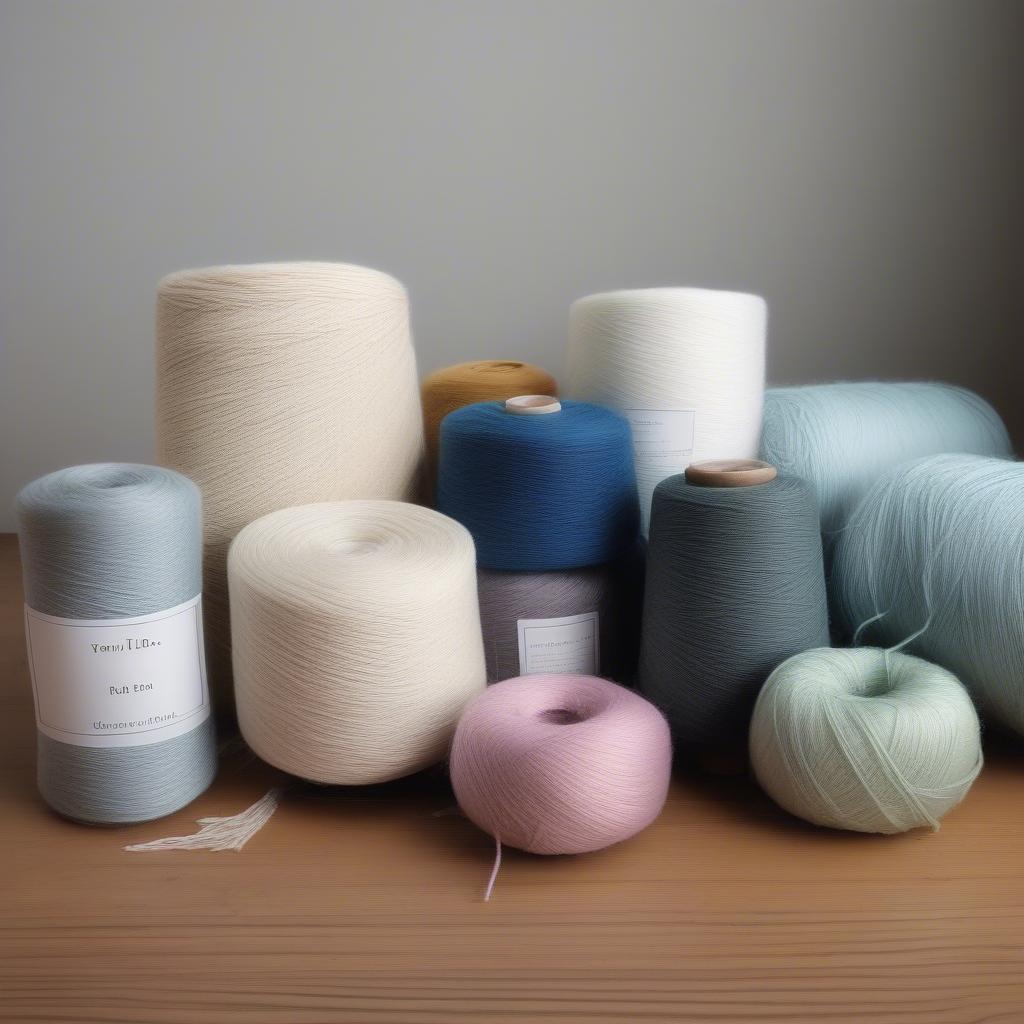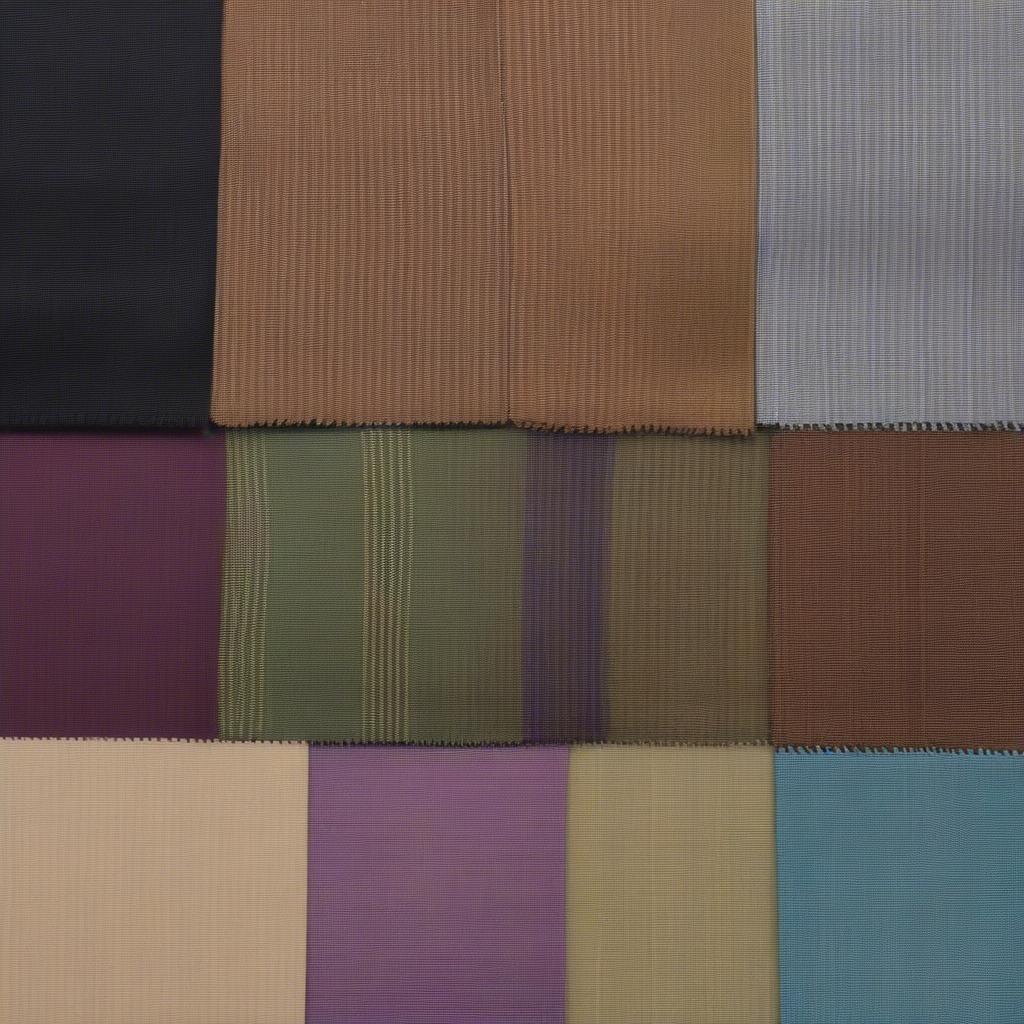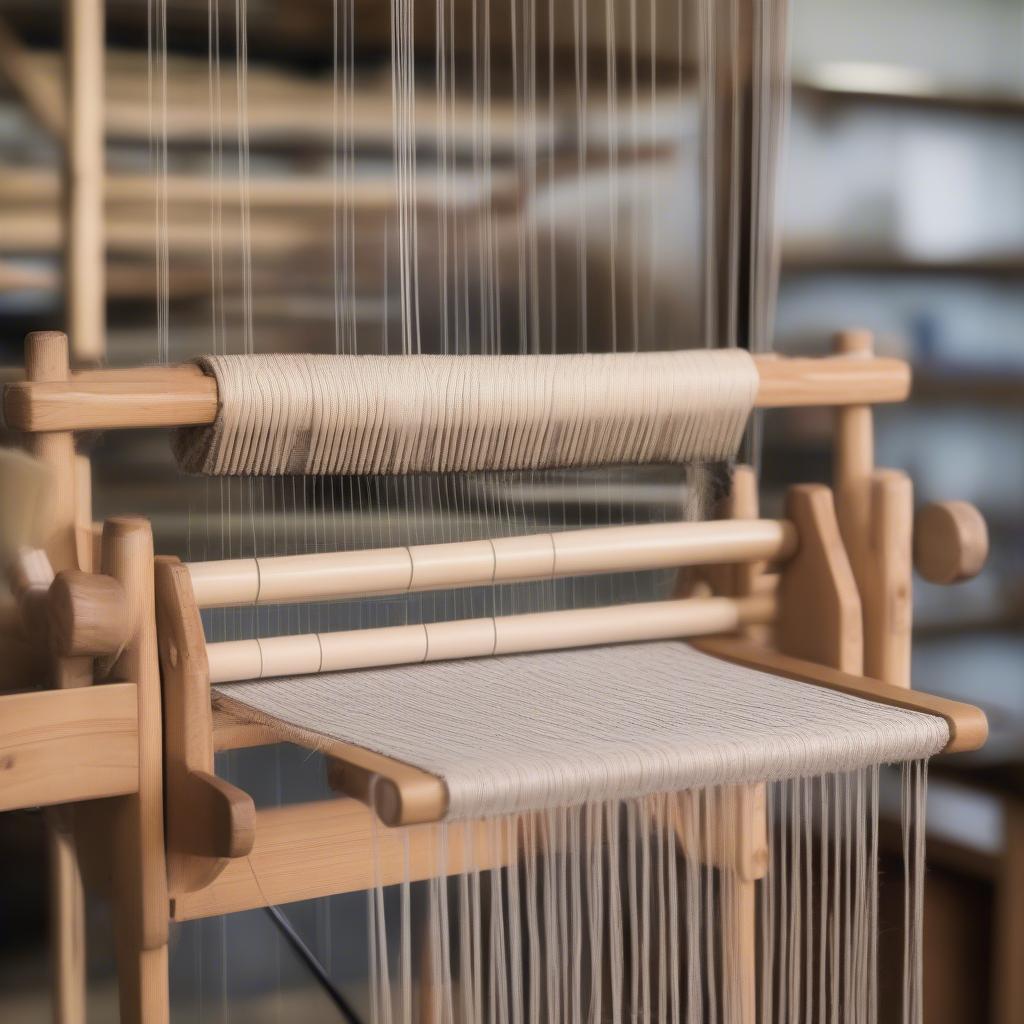Weave Table
Directions for Weaving a Table Runner on a Rigid Heddle Loom
Weaving a table runner on a rigid heddle loom is a rewarding project for both beginners and experienced weavers. This comprehensive guide provides clear directions for weaving a table runner on a rigid heddle loom, covering everything from choosing the right yarn to finishing techniques. Whether you’re looking to create a simple, elegant runner or a more intricate design, we’ll equip you with the knowledge and skills you need.
Planning Your Table Runner Project
Before you even begin warping your rigid heddle loom, careful planning is essential. This includes deciding on the dimensions, choosing appropriate yarn, and selecting a weaving pattern.
Choosing the Right Yarn for Your Table Runner
The yarn you select will significantly impact the final look and feel of your table runner. Consider the fiber content, weight, and color. For a durable, everyday runner, cotton or linen yarns are excellent choices. For a more luxurious feel, explore wool or silk blends.
 Choosing the right yarn for a table runner project on a rigid heddle loom
Choosing the right yarn for a table runner project on a rigid heddle loom
Determining the Dimensions and Sett
Measure your table to determine the desired length and width of your runner. Remember to account for fringe or hems. The “sett” refers to the number of ends per inch (epi) and is crucial for achieving the desired drape and density. The sett will depend on the yarn you’ve chosen and the desired finished fabric.
Selecting a Weaving Pattern
While plain weave is a classic choice for table runners, explore other patterns like twill or huckaback for added texture and visual interest. Rigid heddle looms are surprisingly versatile, allowing for a range of weaving patterns despite their simplicity.
 Different weaving patterns for a table runner on a rigid heddle loom
Different weaving patterns for a table runner on a rigid heddle loom
Warping Your Rigid Heddle Loom for a Table Runner
Warping your loom is arguably the most important step. Accuracy is key to ensuring a smooth weaving process. Follow the manufacturer’s instructions for your specific loom, paying close attention to the warping peg and the tension of your warp threads.
Direct Warping vs. Indirect Warping
There are two main methods for warping a rigid heddle loom: direct warping and indirect warping. Direct warping involves winding the warp threads directly onto the loom, while indirect warping involves creating a separate warp chain that is then transferred to the loom. Both methods have their advantages and disadvantages, and the best choice will depend on your project and personal preference.
Securing Your Warp Threads
Once the warp is on the loom, ensure it’s securely tied onto the front apron rod. Even tension across all warp threads is critical for a consistent finished product.
Weaving Your Table Runner on the Rigid Heddle Loom
With the loom warped, you’re ready to begin weaving! Using your shuttle and weft yarn, pass the shuttle through the shed created by the heddle. Beat the weft into place using the beater bar.
Using the Heddle for Different Sheds
The rigid heddle creates the shed, which is the space between the warp threads through which the weft yarn passes. Different positions of the heddle create different sheds, allowing for different weaving patterns.
Managing Your Weft Yarn
Maintain consistent tension on the weft yarn to ensure a uniform weave. Avoid pulling the weft too tight, which can distort the edges of the runner.
 Weaving a table runner on a rigid heddle loom
Weaving a table runner on a rigid heddle loom
Finishing Your Handwoven Table Runner
Once you’ve woven the desired length, it’s time to finish your table runner. This includes removing it from the loom, securing the ends, and adding any desired embellishments.
Removing the Table Runner from the Loom
Carefully cut the warp threads from the loom, leaving enough length for fringe or hems.
Securing the Warp Ends
Tie knots or weave the warp ends back into the fabric to prevent unraveling. This will also create a neat and professional finish.
Adding Fringe or Hems
Consider adding fringe for a bohemian touch or hems for a more tailored look. This is a great opportunity to personalize your table runner.
Conclusion
Weaving a table runner on a rigid heddle loom is a satisfying project that allows you to create a beautiful and functional piece for your home. By following these directions for weaving a table runner on a rigid heddle loom, you can create a unique, handcrafted item you’ll cherish for years to come.
FAQ
- What is the best yarn for a table runner?
- How do I determine the sett for my project?
- What are the different warping methods for a rigid heddle loom?
- How do I maintain even tension on the weft yarn?
- What are some finishing techniques for a table runner?
Kêu gọi hành động: Khi cần hỗ trợ hãy liên hệ Hotline: +84 388 951 999, địa chỉ: Hanoi, Vietnam hoặc Tech Avenue, Suite 12, San Francisco, CA 94105, USA. Chúng tôi có đội ngũ chăm sóc khách hàng 24/7.
